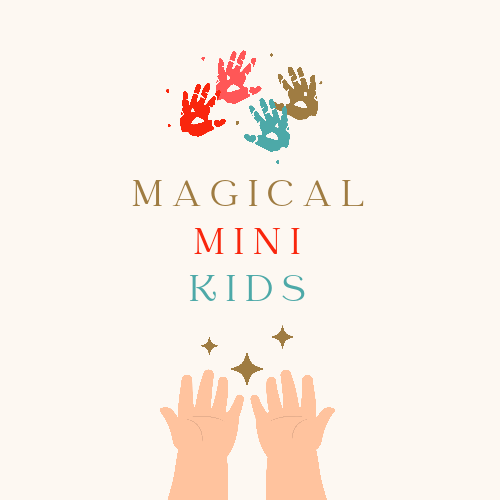Are you searching for positive behaviour strategies to encourage cooperation, manage daily routines, and nurture positive behaviour in your preschool or kindergarten classroom, or at home?
Every childcare provider and parent knows the challenges of guiding young children through big emotions and new responsibilities.
The good news: with the right tools—like reward charts—you can turn everyday routines into opportunities for growth, learning, and independence.
A reward chart (sometimes called a behaviour chart) is a simple visual tool that helps children connect their actions with positive reinforcement.
Whether you’re managing chores, potty training, or encouraging bedtime routines, a reward chart makes progress clear, motivating, and fun.
Do Reward Charts Work?
Reward charts can help children:
- Stay motivated with positive reinforcement
- Build healthy daily habits with clear expectations
- Learn independence and responsibility
- Strengthen emotional regulation and self-control
By making behaviour “visible,” a chart turns abstract goals into something kids can track and celebrate.
Reward charts can encourage positive behaviours and teach children to be independent and take accountability for their actions. However, they may also cause children to constantly expect a reward for their behaviour, making it difficult to motivate them when they’re no longer being rewarded.
Use them charts strategically to motivate children to complete bigger chores, or ones they have to complete occasionally, and consider phasing out the charts once they’ve mastered a certain behavior.
Reward charts are most effective when used strategically. Instead of making them an everyday expectation.
Ways to Use Reward Charts
- Potty training milestones
- Daily chores and responsibilities
- Encouraging positive behavior
- Bedtime routines
Tip: Once your child has mastered a task, start phasing out the chart. This helps avoid over-reliance on rewards while reinforcing independence.
To get the most out of a reward chart:
- Start together-Introduce new chores or routines by doing them with your child first.
- Be clear – Set expectations about when and how tasks should be completed.
- Make it meaningful-Explain why the chore or routine matters.
- Offer praise-A simple “great job” or “thank you for your help” goes a long way.
Mistakes to Avoid
- Setting too many goals at once
- Forgetting to follow through with rewards
- Using punishment instead of positive reinforcement
- Making rewards too difficult to achieve
- Being inconsistent with expectations
Are Reward Charts Just Bribery?
When used thoughtfully, reward charts aren’t about bribery—they’re about building a positive feedback loop. They help kids learn how to behave, not just what not to do. Over time, you’ll notice less stress, more cooperation, and greater independence in your child.
Ready to try it yourself?
Explore our printable reward charts for home and classroom use—perfect for potty training, daily chores, and building positive routines.

